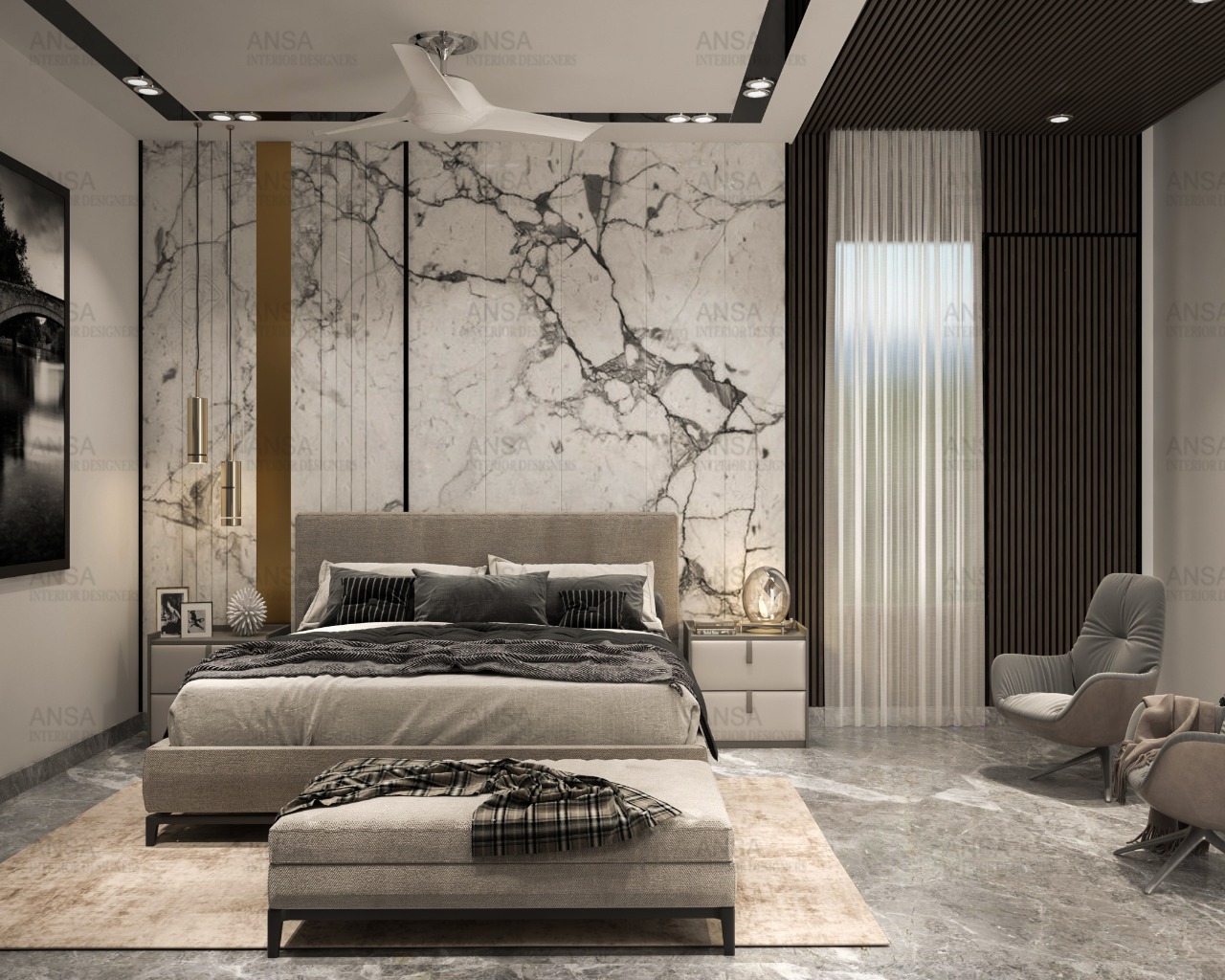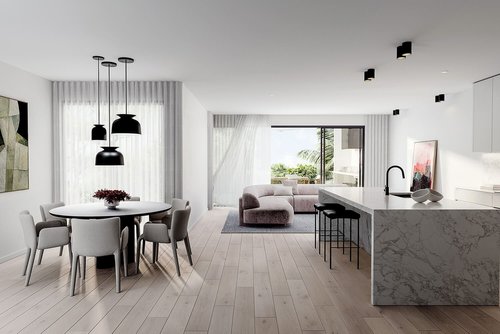What Are the most recent Fads in Interior Decoration That Can Boost Your Home?
In the ever-evolving realm of indoor style, a convergence of performance, customization, and sustainability is shaping contemporary rooms (Interior design Miami). Checking out these patterns exposes just how they can change your home right into a reflection of both personal taste and sensible demands, inviting a better exam of what truly raises a living area.
Sustainable Layout Practices
Lasting design practices have arised as a keystone of contemporary indoor design, reflecting a growing recognition of environmental impact. These practices prioritize the use of eco-friendly materials, energy-efficient systems, and waste reduction techniques, aiming to produce interiors that are not just cosmetically pleasing yet additionally eco liable.
One trick facet of lasting layout is the option of products. Developers increasingly favor recovered wood, recycled steels, and low-VOC (volatile natural compounds) paints, which decrease damaging emissions and promote healthier interior air top quality. In addition, the unification of all-natural light with calculated window placements reduces dependence on fabricated lights, therefore saving energy.
Another crucial component is the implementation of efficient heating, air conditioning, and water systems. Using wise technology can maximize power consumption, while rainwater harvesting systems add to lasting water administration. Additionally, furniture and style are frequently sourced from neighborhood craftsmens, further reducing the carbon impact associated with transport.
Ultimately, lasting design techniques not only boost the functionality and long life of areas yet likewise cultivate a deeper link to the environment (Luxury Interior designer Miami). As consumers become progressively diligent, these methods will likely remain to shape the future of interior style, creating areas that resonate with both charm and sustainability
Vibrant Shade Combinations
Bold shade palettes have come to be a specifying trend in indoor layout, allowing areas to make striking declarations and mirror personal style. Making use of vivid hues can transform an or else normal room into an exciting atmosphere. Developers are increasingly welcoming rich gem tones, saturated primaries, and unforeseen color mixes to produce a sense of dramatization and vibrancy.
Including vibrant shades can be accomplished with various components, including walls, furniture, and accessories. For circumstances, an accent wall painted in a deep emerald environment-friendly or a striking cobalt blue can work as a prime focus, while colorful upholstery or art work can instill energy into the area. Layering various tones within the very same color family adds depth and interest, enhancing the overall visual.

Moreover, the usage of contrasting colors can rejuvenate an area, accentuating architectural features and design elements. This method motivates home owners to share their individuality and embrace creativity in their interior spaces. As trends evolve, bold color palettes stand apart as a powerful ways of personal expression, enabling property owners to curate environments that resonate with their distinct tastes and way of lives.
Maximalism Vs. Minimalism
Exactly how do personal preferences affect the continuous dispute between maximalism and minimalism in interior decoration? The duality in between these 2 styles reflects broader private expressions and social changes. Minimalism, identified by clean lines, neutral palettes, and practical furnishings, interest those looking for simplicity and peace. This style promotes a clutter-free setting, typically cultivating a sense of calm and order. For many, minimalism stands for a way of living option that prioritizes experiences and psychological wellness over material belongings.
Alternatively, maximalism embraces exuberance with strong shades, diverse patterns, and a wealth of design. This style motivates individual storytelling, permitting house owners to showcase their special collections and interests. Maximalism welcomes creative thinking and self-expression, making it an appealing alternative for those who thrive on visual excitement and diversity in their environments.
The debate in between maximalism and minimalism eventually hinges on individual taste and lifestyle. While minimalism may reverberate with those that prefer a tranquil, organized room, maximalism attract people who commemorate originality and richness in design. Understanding one's choices can guide property owners in developing spaces that reflect their identifications while aligning with contemporary trends in indoor style.
Multi-Functional Rooms

The layout of these spaces often incorporates ingenious furnishings options, such as sleeper sofa, extendable table, and modular shelving, which can adapt to different functions throughout the day. For circumstances, a living space can perfectly shift right into a home workplace or a guest bed room, making the most of energy without sacrificing style.
Moreover, the assimilation of technology plays an essential duty in boosting multi-functionality. Smart home devices can enhance procedures, permitting home owners to control lighting, temperature, and even safety with convenience, therefore creating a much more versatile living environment.
Along with practicality, the aesthetic allure of multi-functional spaces can be attained via thoughtful design options. Open layout, natural color combinations, and strategic zoning with rugs or furnishings can define areas while making sure a harmonious flow. Eventually, embracing multi-functional spaces not just maximizes living areas but also improves the general home experience.
Biophilic Style Elements
An increasing number of indoor designers are incorporating biophilic design elements to foster a deeper link in between click for more indoor spaces and the natural surroundings. This layout philosophy stresses the integration of nature right into the developed environment, advertising wellness and enhancing the visual charm of a space.
Trick biophilic style aspects include the usage of natural materials, such as rock, bamboo, and wood, which develop a warm and inviting ambience. Integrating greenery, via interior plants or upright gardens, not just boosts air top quality yet additionally includes a rejuvenating visual aspect. All-natural light is another vital facet; optimizing home windows or making use of skylights can maximize daytime, minimizing reliance on man-made lights.
Water features, such as water fountains or aquariums, stimulate tranquility and can work as focal factors within a room. Color schemes inspired by nature-- earthy tones and shades of blue and eco-friendly-- foster a soothing setting.
Incorporating these biophilic aspects not just boosts the aesthetic worth of a home but likewise adds to boosted mental health and wellness, making them a crucial factor to consider for modern interior layout.

Conclusion
The latest patterns in interior style underscore the relevance of sustainability, customization, and performance. Jointly, these trends not only elevate property atmospheres yet additionally contribute to a more personalized and lasting method to indoor design.
In the ever-evolving world of interior design, a convergence of sustainability, functionality, and personalization is forming contemporary areas.Vibrant color combinations have come to be a these details defining pattern in indoor design, enabling rooms to make striking statements and mirror individual style. While minimalism may reverberate with those who like a peaceful, organized area, maximalism appeals to people who celebrate individuality and splendor in style. Comprehending one's preferences can guide property owners in producing rooms that reflect their identities while lining up with contemporary patterns in indoor design.
In addition to usefulness, the visual charm of multi-functional rooms can be achieved through thoughtful style options.